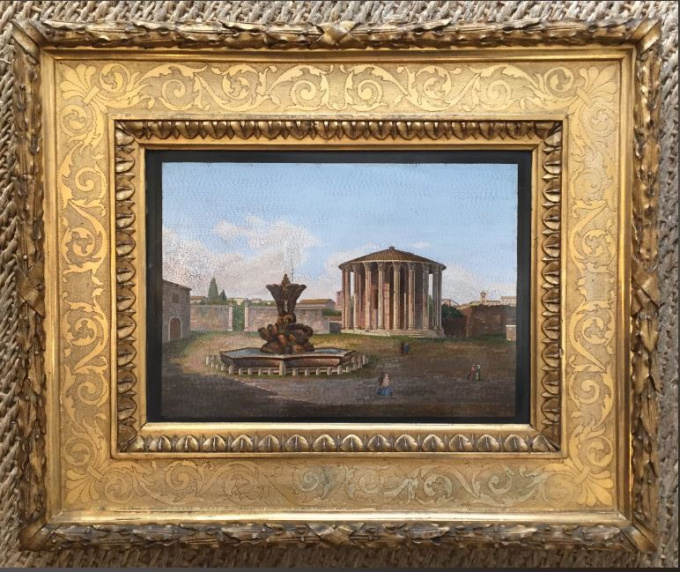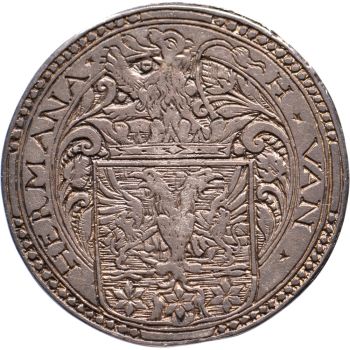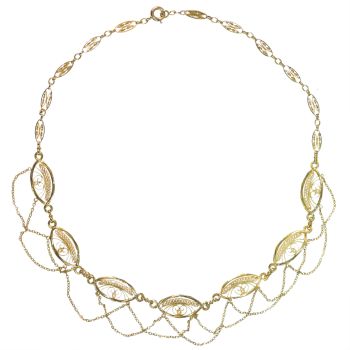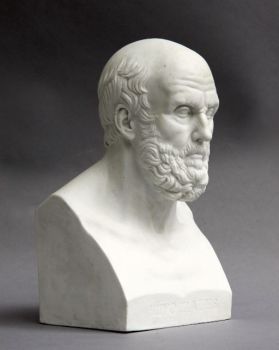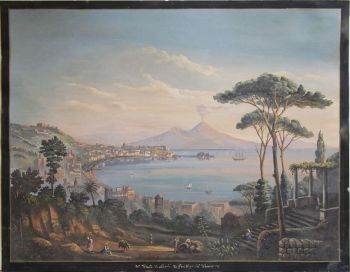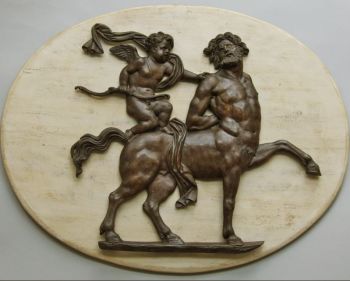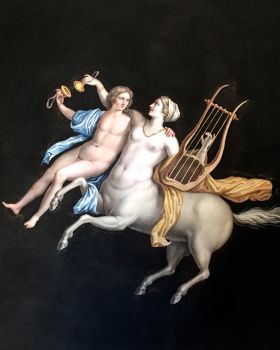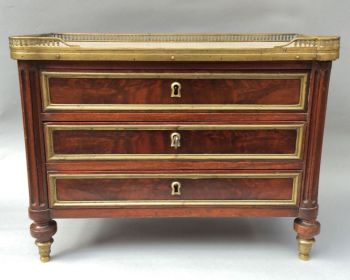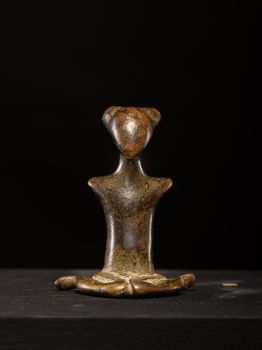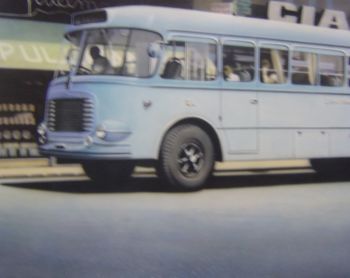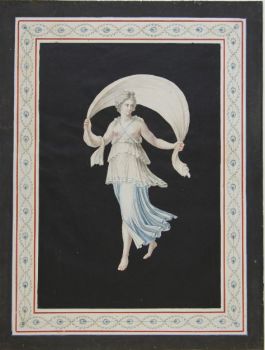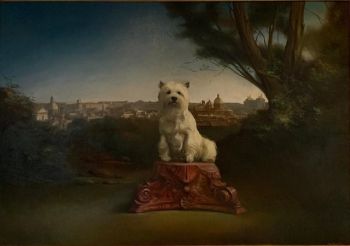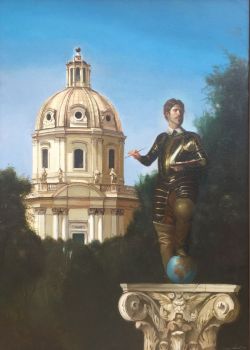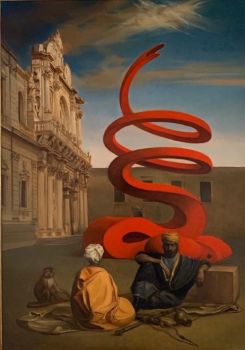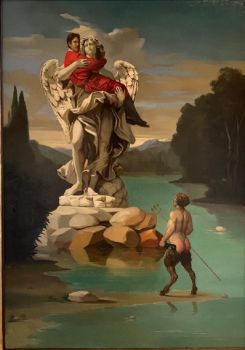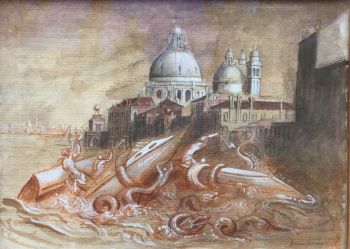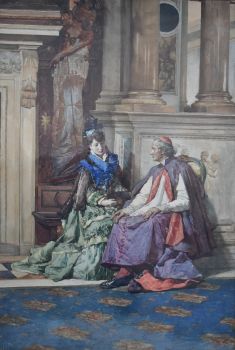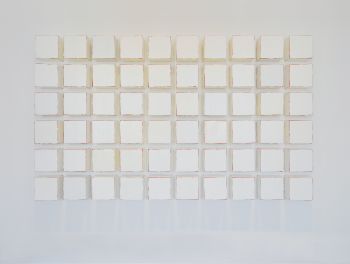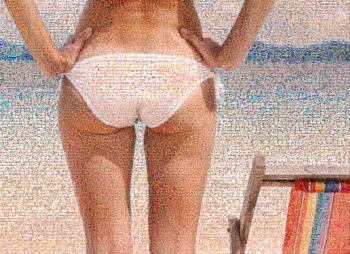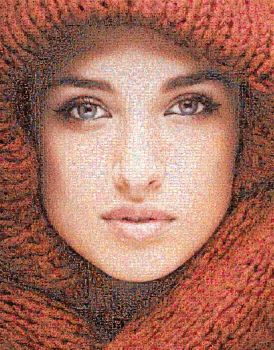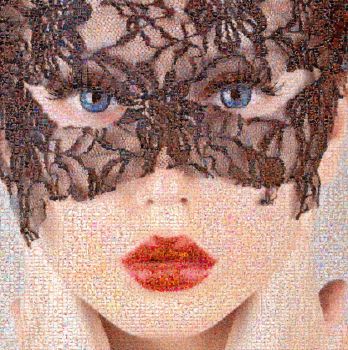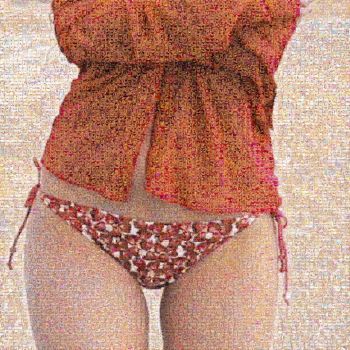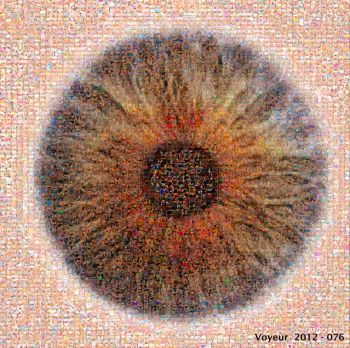Micromosaic in gilded wooden frame, depicting the Forum Boarium in Rome, nowadays the Piazza della B 1840 - 1860
Unknown artist
Micromosaic
17 ⨯ 24 cm
ConditionExcellent
Currently unavailable via Gallerease
- About the artworkForum Boarium means cattle market and this was the function of this market square in ancient Rome. On the forum several temples were built, like this one for Hercules Invictus, that dates from the 2nd century BC. Sometimes the temple is wrongly named the Temple of Vesta, because of the similarity of the round shape with the Vesta temple on the Forum Romanum. In 1809-1810 the temple, that was used a a church since the middle ages, was restored by architect Valadier in its original state, and so it is depicted in this micro mosaic. The ´Fontana dei Tritoni´ in front of the temple was erected in 1715 by architect Carlo Francesco Bizzaccheri on commission of Pope Clemens XI. This fountain consists of a basin in the shape of a star with eight points (part of the coat of arms of Clemens) and a rock above it with two tritons, carrying a shell.
Micromosaics werre collected by travelers during their Grand Tour: especially larger ones like this one were very popular. - About the artist
It might happen that an artist or maker is unknown.
Some works are not to be determined by whom it is made or it is made by (a group of) craftsmen. Examples are statues from the Ancient Time, furniture, mirroirs, or signatures that are not clear or readible but as well some works are not signed at all.
As well you can find the following description:
•“Attributed to ….” In their opinion probably a work by the artist, at least in part
•“Studio of ….” or “Workshop of” In their opinion a work executed in the studio or workshop of the artist, possibly under his supervision
•“Circle of ….” In their opinion a work of the period of the artist showing his influence, closely associated with the artist but not necessarily his pupil
•“Style of ….” or “Follower of ….” In their opinion a work executed in the artist’s style but not necessarily by a pupil; may be contemporary or nearly contemporary
•“Manner of ….” In their opinion a work in the style of the artist but of a later date
•“After ….” In their opinion a copy (of any date) of a work of the artist
•“Signed…”, “Dated….” or “Inscribed” In their opinion the work has been signed/dated/inscribed by the artist. The addition of a question mark indicates an element of doubt
•"With signature ….”, “With date ….”, “With inscription….” or “Bears signature/date/inscription” in their opinion the signature/ date/ inscription has been added by someone other than the artist
Artwork details
Related artworks
- 1 - 4 / 12
- 1 - 4 / 10
Unknown artist
Chinese gilt bronze censer, Xuande mark, 18th century, Qing dynasty18th century
Price on requestMenken Works of Art
Unknown artist
A white jade ‘Lotus Seedpod and Bug’ carving, Qing dynasty, 18th century18th century
Price on requestMenken Works of Art
1 - 4 / 24- 1 - 4 / 24
- 1 - 4 / 13

